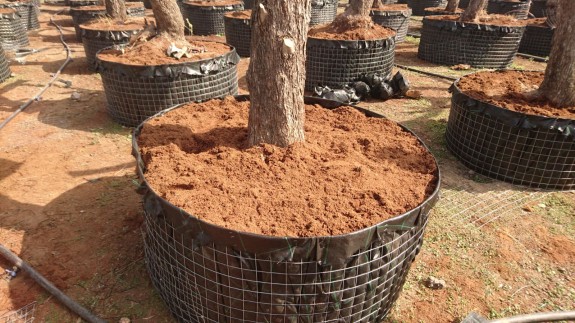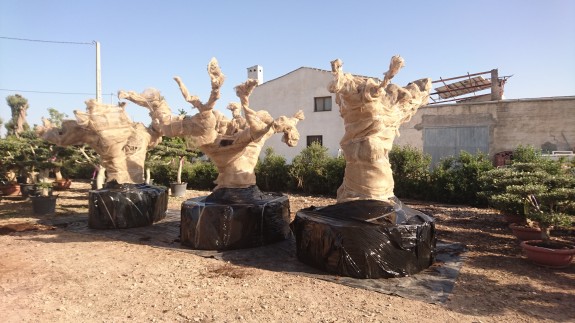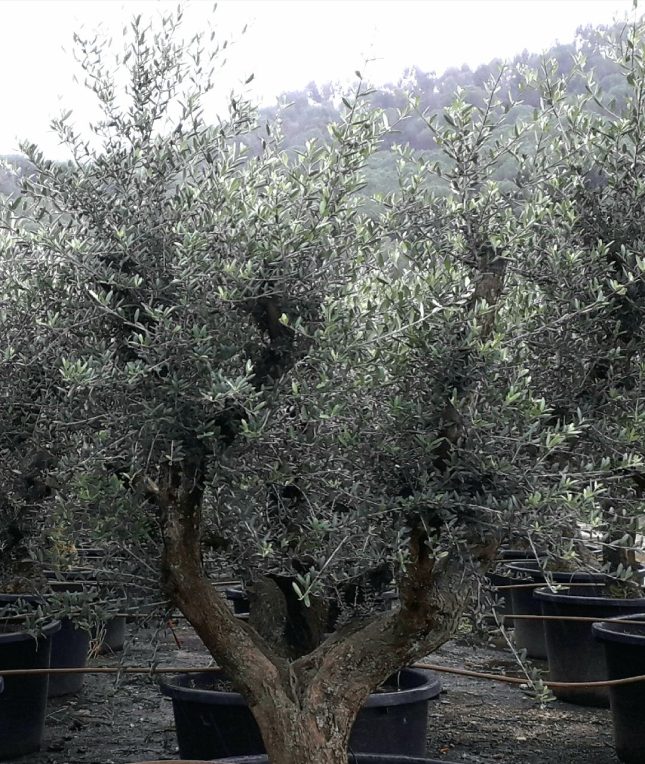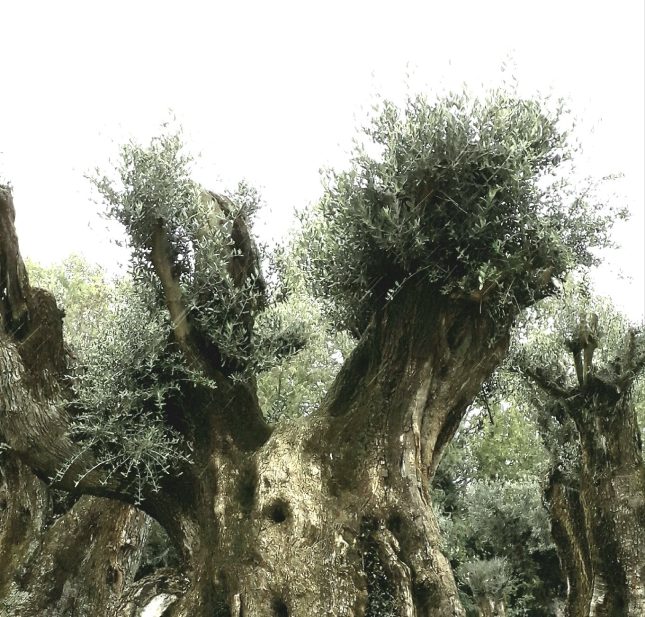Thanks to our strategic location and our in-depth knowledge of the areas with the largest olive plantations in the world, we can offer our customers the specimens that best adapt to each destination climate.
Each olive tree is a unique piece and therefore, professional experts are needed to locate the best olive trees available for export. Thanks to more than 15 years of experience in the sector, we know where to find any type of olive tree, from exclusive millenary olive trees to centenary olive trees with attractive shapes and even young and affordable olive trees.
Contact us and we will present you, without commitment, a selection of olive trees in a nimbly and fast manner. Also, if you have the time to come and visit us in Spain, we will organize a tour of the different locations so that you can choose the olive trees that best suit your needs.








